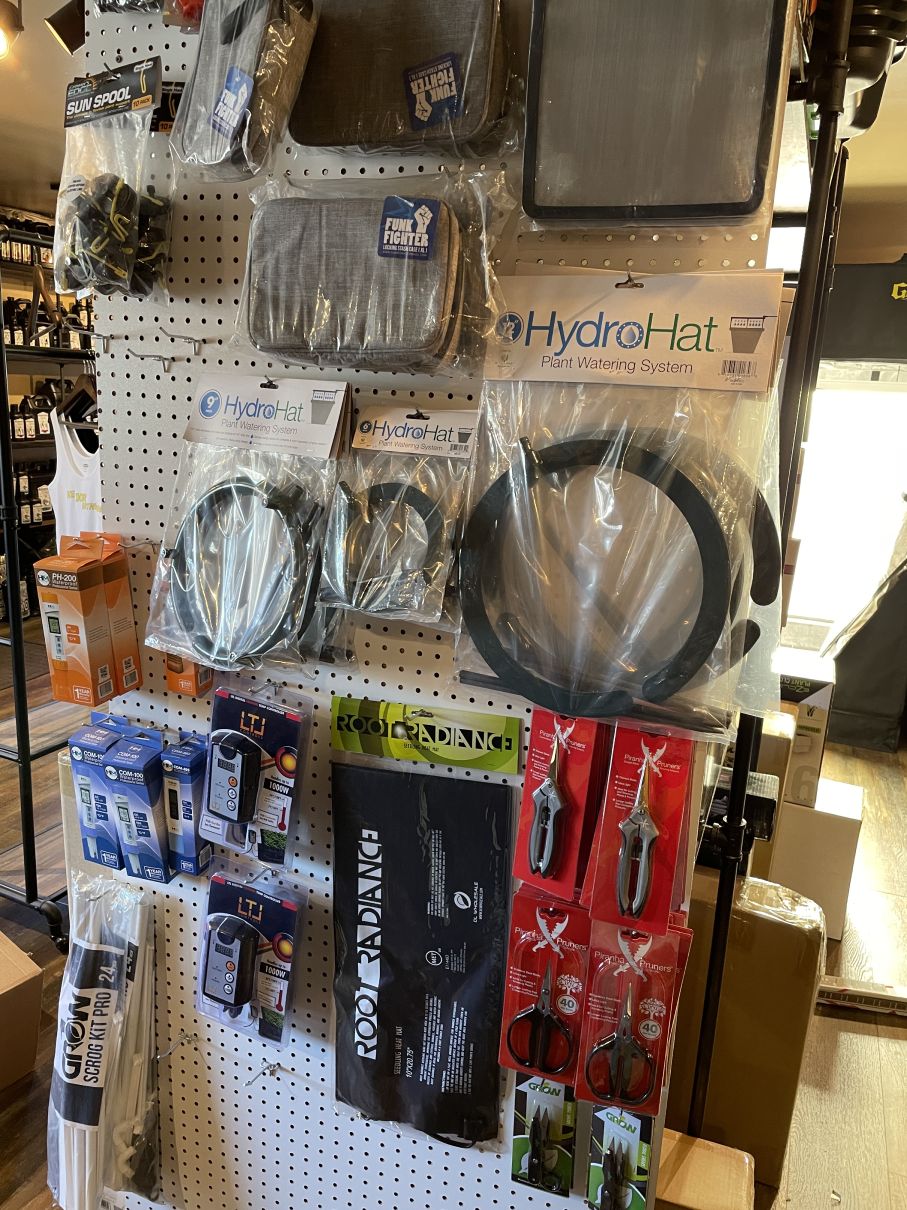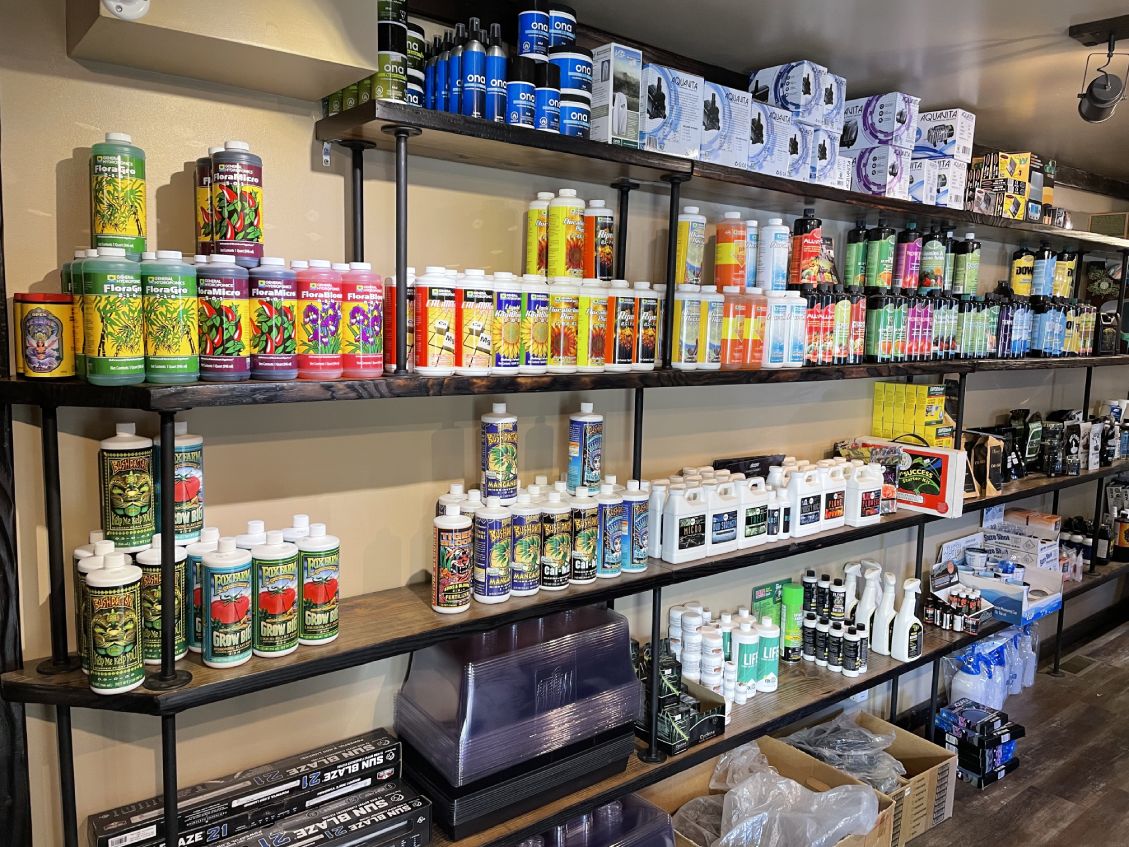The Indoor Earthworm: Releasing the Power of Worms in Your Hom
The Indoor Earthworm: Releasing the Power of Worms in Your Hom
Blog Article
Discover the Perks of Hydroponics for Indoor Gardening
Hydroponics, an approach of expanding plants without dirt, has actually been obtaining appeal for indoor gardening enthusiasts. As more people look for cutting-edge ways to cultivate plants indoors, hydroponics provides a compelling option that resolves various challenges faced by conventional soil-based gardening.
Enhanced Development Rates
By supplying nutrients directly to the plant roots in a very soluble form, plants in hydroponic systems can uptake vital nutrients much more efficiently, leading to faster development. Furthermore, the oxygen-rich environment in hydroponic systems permits for improved nutrient absorption and improved metabolic procedures within the plants, additionally contributing to accelerated development rates.
Furthermore, the lack of soil in hydroponic systems removes the need for plants to use up energy on extensive origin growth trying to find nutrients. This energy can after that be redirected towards above-ground development, resulting in lusher vegetation and quicker development of blossoms or fruits. Overall, the boosted growth rates observed in hydroponic systems make them an engaging option for cultivators aiming to maximize plant growth and performance.
Water Conservation Advantages
With the increasing global focus on lasting methods, what benefits does hydroponics provide in terms of water preservation? Hydroponic systems are extremely water-efficient contrasted to standard soil-based horticulture methods. In hydroponics, water is recirculated and reused within the system, lessening water wastefulness. Unlike conventional soil horticulture, where plants require to create extensive root systems to look for water, hydroponic systems provide water and nutrients straight to the plant roots. This targeted distribution ensures that plants receive exactly what they need, minimizing excess water use. In addition, hydroponic systems can be equipped with innovative technologies such as drip irrigation and nutrient film technique (NFT) systems, even more enhancing water distribution and reducing evaporation. By utilizing water a lot more effectively and reducing waste, hydroponic horticulture can save considerable amounts of water, making it a sustainable choice for indoor horticulture fanatics aiming to preserve this priceless resource. Embracing hydroponics not only benefits plant growth but also adds to water preservation initiatives, straightening with the worldwide push in the direction of more lasting agricultural techniques.
Nutrient Efficiency Advantages
Given the substantial water preservation benefits related to hydroponics, one more benefit depends on the efficient application of nutrients within the system. Unlike typical soil-based gardening, where nutrients are distributed in the soil and might not constantly reach the plant origins properly, hydroponic systems deliver nutrients directly to the plants' origins in a controlled manner. This targeted distribution guarantees that plants obtain the accurate quantity of nutrients they need for optimum growth, getting rid of wastefulness and minimizing the threat of nutrient overflow.
In hydroponic systems, vitamins and mineral services are meticulously kept track of and readjusted to maintain the excellent balance for plant development. This accuracy permits plants to uptake nutrients much more successfully, leading to faster growth prices and greater yields compared to typical gardening techniques. Furthermore, the recirculating nature of several hydroponic systems additionally enhances nutrition effectiveness by continually providing plants with access to necessary components.
Space Optimization Solutions
To make the most of the effectiveness of interior horticulture arrangements, implementing room optimization solutions is essential for accomplishing ideal plant development and performance. One reliable solution is vertical gardening, which involves making use of vertical space to grow plants upwards, thus maximizing making use of limited floor space. By installing vertical hydroponic systems such as stacked grow towers or hanging planters, cultivators can cultivate a larger quantity of plants in a smaller her latest blog footprint.
Additionally, utilizing reflective products on wall surfaces or mounting expand lights tactically can help maximize light distribution to plants that are not directly under the key light resource. This strategy makes certain that plants at various heights get sufficient light for photosynthesis, promoting consistent development throughout the indoor garden.

Parasite and Condition Control Conveniences
Effective pest and disease control steps are vital elements of effective hydroponic interior gardening systems. One of the considerable benefits of hydroponic gardening in this regard is the minimized threat of parasite problems contrasted to typical soil-based approaches. Without dirt, lots of typical insects that count on soil for shelter and nourishment are unable to flourish in hydroponic systems. This removes the need for harmful chemical pesticides that can be destructive to both plants and the setting. In addition, the regulated environment of hydroponic systems allows for very early detection of any parasite or condition problems, enabling prompt treatment to avoid extensive damage.

Final Thought
In final thought, the advantages of hydroponics for indoor gardening are significant. Raised development rates, water conservation advantages, vitamins and mineral effectiveness advantages, room optimization remedies, and bug and disease control advantages make hydroponic systems a useful option for interior plant farming. By using hydroponics, individuals can optimize their plant growth possibility while saving resources and minimizing the threats connected with visit the site traditional soil-based gardening methods.
By supplying nutrients directly to the plant origins in an extremely soluble form, plants in hydroponic systems can uptake essential nutrients extra effectively, leading to faster development. The Indoor Earthworm. Generally, the increased development rates observed in hydroponic systems make them an engaging alternative for cultivators looking to make the most of plant development and efficiency
Unlike typical soil horticulture, directory where plants need to establish extensive origin systems to search for water, hydroponic systems provide water and nutrients straight to the plant origins. Unlike conventional soil-based horticulture, where nutrients are dispersed in the dirt and might not always get to the plant origins efficiently, hydroponic systems supply nutrients directly to the plants' roots in a regulated fashion. Enhanced development prices, water preservation benefits, nutrition efficiency advantages, area optimization remedies, and insect and illness control advantages make hydroponic systems a valuable choice for interior plant farming.
Report this page